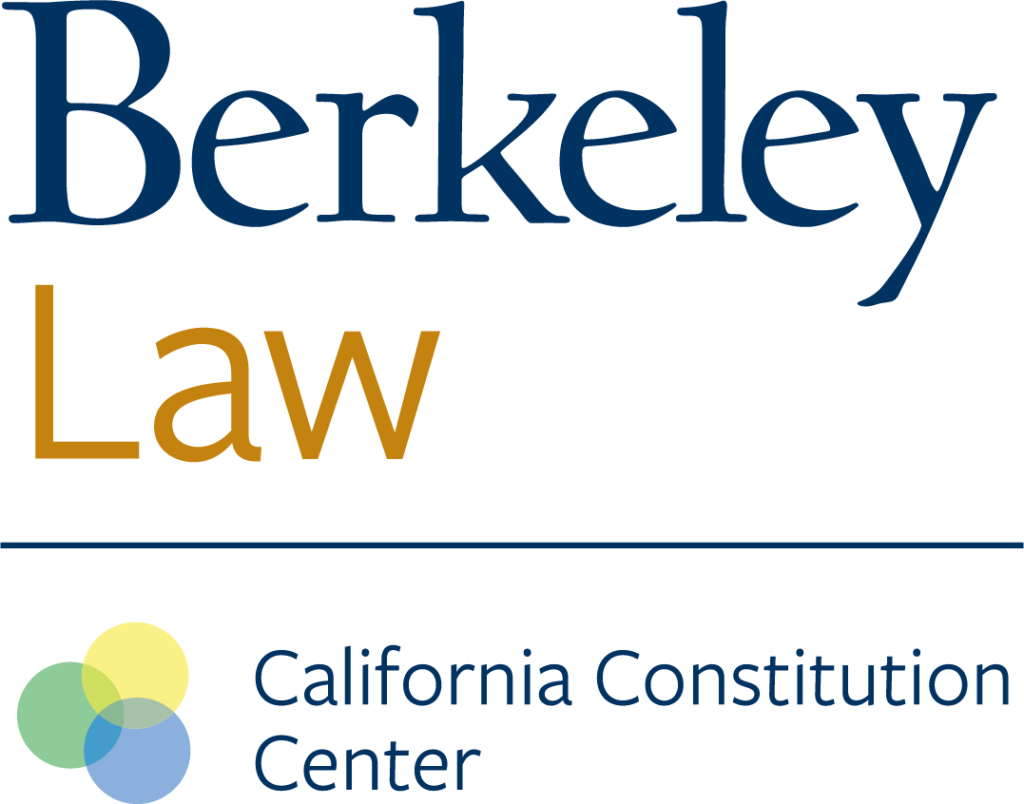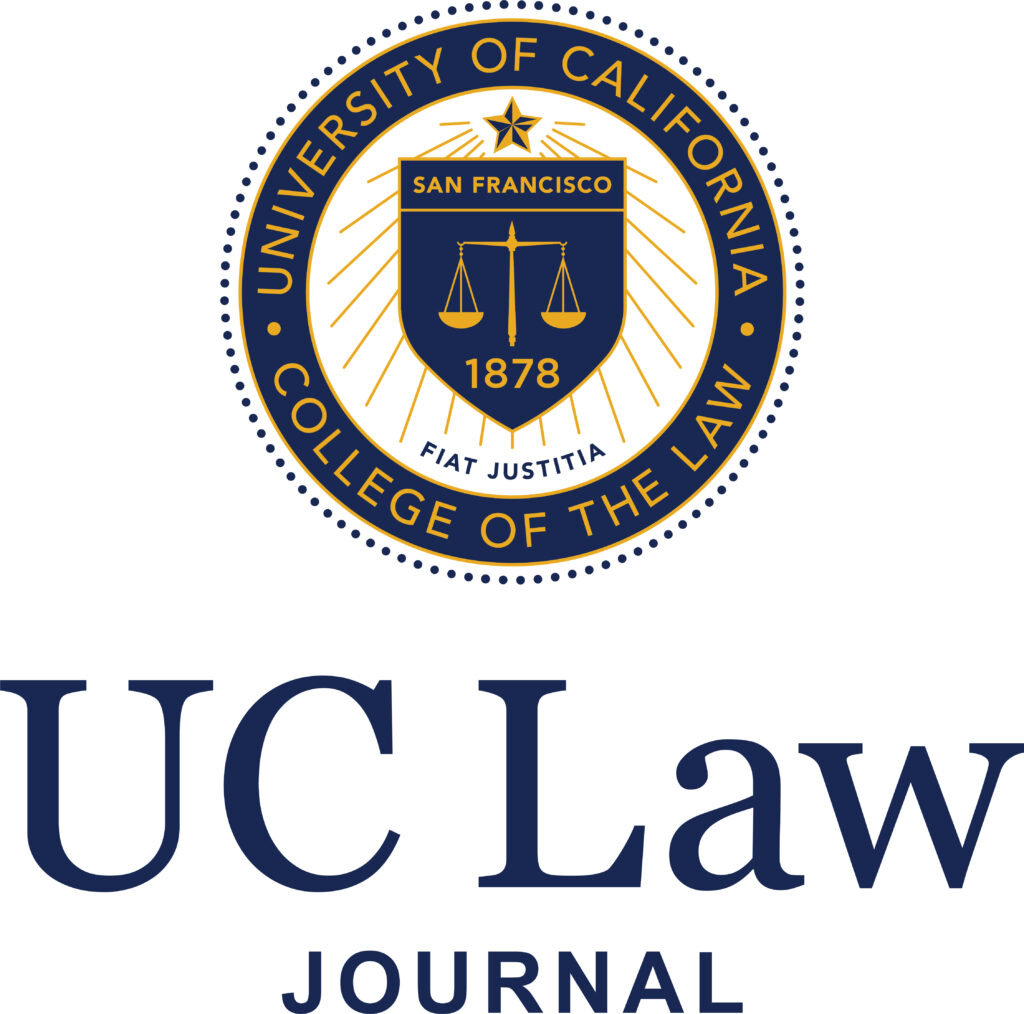Lowering the Voting Age in California: Possible, But Not Without Problems
A proposed legislatively-referred amendment to the California constitution (Assembly Constitutional Amendment 10) would lower the voting age from 18 to 17 in California, if it passes the state legislature and is adopted by the electorate. This article considers whether a state has the power to set voting age requirements for its electors, and the effect of federal law. It concludes that California has legal authority to make this change, but there are potential conflicts with federal election law.
Steps to Reform
Several things need to happen for this proposal to take effect. First, both houses of the state legislature must approve the measure by a two-thirds vote.[1] Next, a majority of the state electorate must approve the amendment.[2]
To lower the state voting age to 17, the measure amends article 2, section 2 of the state constitution (which presently provides that “a United States citizen 18 years of age and resident in this State may vote”)[3] to read: “A United States citizen who is at least 17 years of age and resident in this State may vote.”[4] If that amendment takes effect, the legislature must also update California Elections Code section 2000, which makes any person “at least 18 years of age” eligible to register and vote in elections.[5] If both those changes to the state constitution and Elections Code are made, California’s voting age will be 17 statewide.
Current Law on Voting Age for State Elections
California has clear authority to lower the voting age for state elections. The U.S. Constitution does not bar states from lowering the voting age. The 26th Amendment provides that “[t]he right of citizens of the United States, who are eighteen years of age or older, to vote shall not be denied or abridged by the United States on account of age.”[6] Yet that only sets a federally-required minimum, not a maximum: The 26th Amendment “does not prohibit the states from setting a lower voting age.”[7] Instead, the 26th Amendment only protects voting rights for otherwise qualified individuals over eighteen in federal, state, and local elections. There is no 26th Amendment impediment to California (or any other state) lowering the voting age for its residents. Indeed, state authority to define voter qualifications for state and local offices is “essential” to our federalist structure.[8]
Thus, the U.S. Constitution does not prevent states like California from setting the voter qualifications for their residents by state law. It is generally accepted that state legislatures have power to define voter qualifications.[9] And California’s constitution expressly grants the power to define voter qualifications to the state legislature.[10] Lowering the voting age for local elections in California charter cities is already permissible.[11] Following the example of two cities in Maryland,[12] the City of Berkeley recently passed a local charter amendment permitting sixteen- and seventeen-year-olds to vote in local school board elections.[13] San Francisco nearly passed a similar measure.[14]
That would seem to end the analysis. Yet it does not, because the state power to set voter qualifications intersects with congressional power to regulate voting.[15] Congressional authority is limited to federal elections, but its impact reverberates at all levels. For example, current federal law governing voter qualifications and registration includes the Voting Rights Act,[16] the National Voter Registration Act,[17] and the Help America Vote Act (HAVA).[18] Though none of those statutes directly set a minimum voting age, as discussed below they may do so indirectly, and must at least be considered along with California law. The final answer here must account for these overlapping spheres of influence; as the California Supreme Court explained, “[t]he fundamental importance of the franchise . . . requires that every effort be made to apply uniform standards and procedures to all qualified voters equally.”[19]
Lowering the Voting Age for Federal Elections: It’s Complicated
While states have power to determine qualifications for their voters, those qualifications are subject to congressional regulation. Thus, California’s ability to alter voter qualifications in federal contests is not unlimited.
Currently, no federal law directly sets the minimum voting age at eighteen. But HAVA includes a provision limiting the use of required mail-in registration forms to individuals over eighteen.[20] Consequently, California voters under eighteen would not be able to use those federal forms—even if state law otherwise permits them to vote. And if California courts broadly apply the principle that every effort must be made “to apply uniform standards and procedures to all qualified voters equally,”[21] the limits imposed by HAVA could effectively prevent California from lowering the voting age for federal elections. Even if it did not, Congress could act to reverse California’s reform as to federal elections.
Conclusion
California has the legal authority to lower the voting age to 17 for its residents in local, state, and federal elections. But if Congress chose to set a minimum voting age of 18 in federal elections, that would apply to the states, and effectively override California’s under-18 voter qualification standard. Even without a new federal law, existing federal election law may conflict with state law, and create procedural hurdles for voters under 18. Still, reformers aiming to foster youth civic engagement may find these challenges worth the risk.
[1] Cal. Const., art. XVIII, § 1.
[2] Cal. Const., art. XVIII, § 4.
[3] Cal. Const., art. II, § 2.
[4] Assembly Constitutional Amendment 10.
[5] “(a) Every person who qualifies under Section 2 of Article II of the California Constitution and who complies with this code governing the registration of electors may vote at any election held within the territory within which he or she resides and the election is held. (b) Any person who will be at least 18 years of age at the time of the next election is eligible to register and vote at that election.” Cal. Elec. Code § 2000.
[7] Day v. Robinwood W. Cmty. Improvement Dist. (E.D. Mo. 2010) at 1008 n.12.
[8] See Gaunt v. Brown (S.D. Ohio 1972) at 1191 (citing Oregon v. Mitchell (1970) at 125).
[9] See Oregon v. Mitchell (1970) at 202.
[10] Cal. Const., art. II, § 3 (“The Legislature shall define residence and provide for registration and free elections.”); Cal. Const., art. II, § 4 (“The Legislature shall prohibit improper practices that affect elections and shall provide for the disqualification of electors while mentally incompetent or imprisoned or on parole for the conviction of a felony.”).
[11] California’s charter cities have municipal home rule authority that permits them to make changes at the local level. See Nicolas Heidorn, California Municipal Democracy Index 2016, California Common Cause 3 (Dec. 2016).
[12] Takoma Park and Hyattsville. See Fair Vote, Lower the Voting Age: In Practice in the U.S. (2016).
[13] See Measure Y1: Amendment to Article III of the Berkeley City Charter to Provide for Voting by Persons Aged 16 and 17 Years Old for the Office of School Board Director, City of Berkeley (Nov. 2016).
[14] Lydia O’Connor, Lower Voting Age Proposal Fails in San Francisco, Wins Smaller Victory in Berkeley, The Huffington Post (Nov. 10, 2016).
[15] The Elections Clause delegates authority to organize the “Times, Places and Manner of holding Elections for Senators and Representatives” to state legislatures, subject to congressional regulation. U.S. Const., art. I, § 4, cl. 1. The Tenth Amendment reserves states’ rights in the federalist system. U.S. Const., amend. X. The Fifteenth, Nineteenth, and Twenty-Fourth Amendments prevent voter discrimination on the basis of race, gender, and poll taxes. U.S. Const., amends. XV, XIV, XXIV. The Voting Rights Act of 1965 is the clearest example of Congress regulating voter qualification rules. 52 U.S.C. § 10101.
[17] Also known as the Motor Voter Act. 52 U.S.C. § 20501 et seq.
[19] Jolicoeur v. Mihaly (1971) at 570.
[20] Federal mail-in registration forms must include: “The question ‘Will you be 18 years of age on or before election day?’ and boxes for the applicant to check to indicate whether or not the applicant will be 18 years of age or older on election day.” 52 U.S.C. § 21083(4)(A)(ii).
[21] Jolicoeur v. Mihaly (1971) at 570; see Hartman v. Kenyon (1991) at 423.




